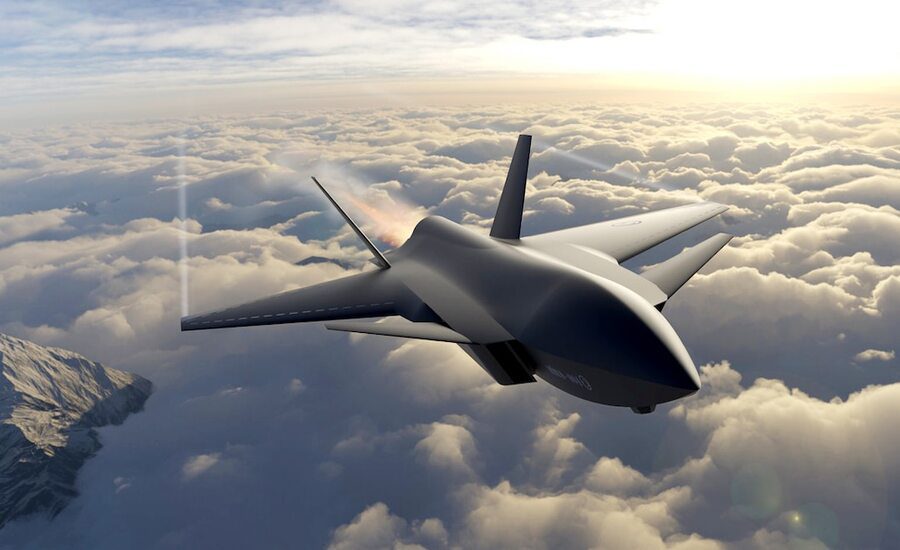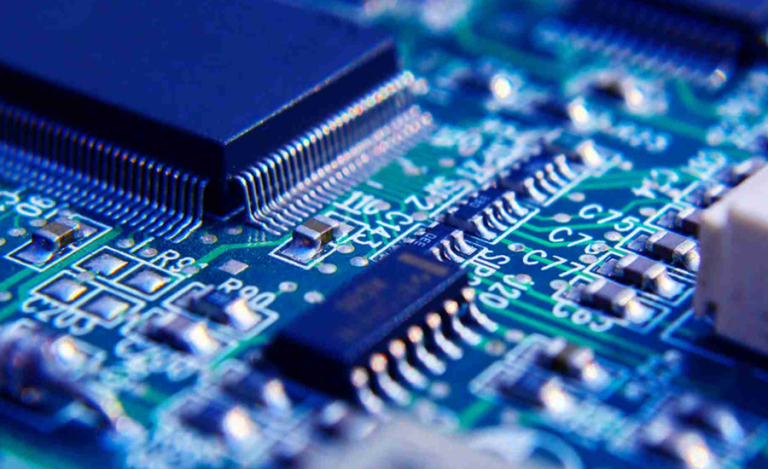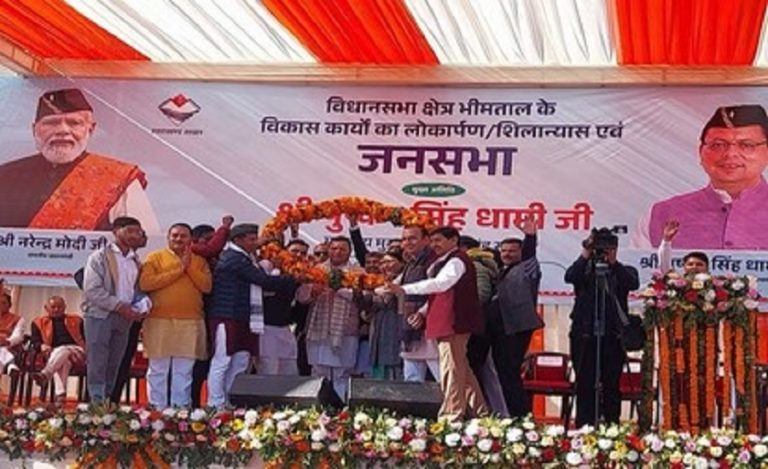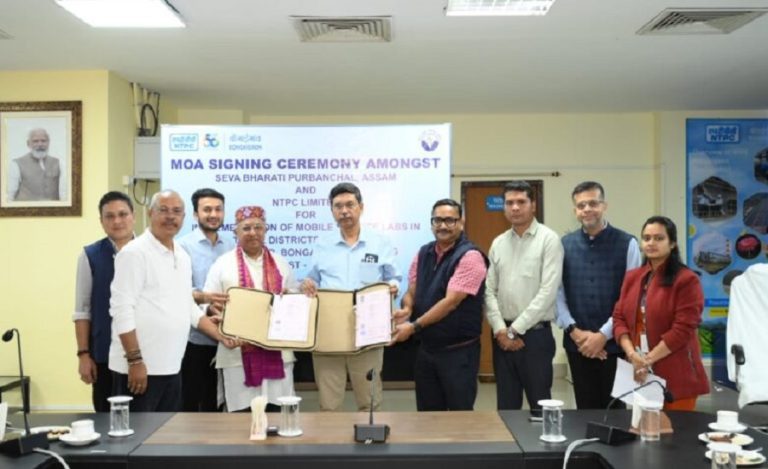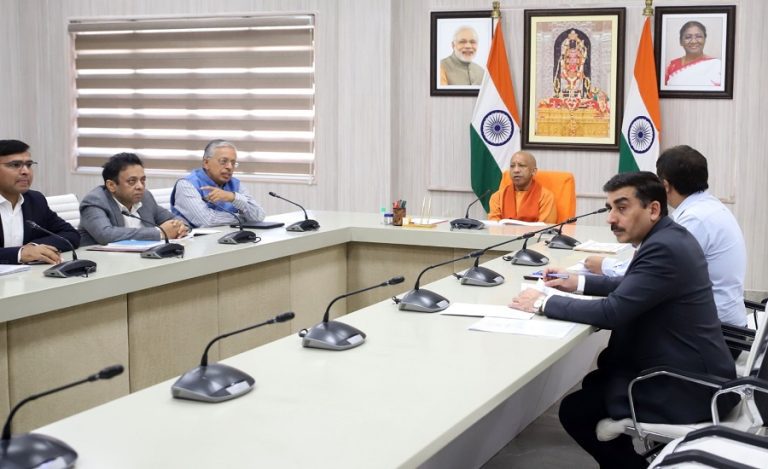India’s Defence Research and Development Organisation (DRDO) has reached a critical milestone in indigenous defense technology development.
The premier research body has successfully completed the Preliminary Design Review (PDR) for the Futuristic Unmanned Fighter Aircraft (FUFA), signaling significant progress in the country’s ambitious sixth-generation fighter aircraft program.
This development places India among an elite group of nations working on advanced autonomous combat platforms capable of operating alongside manned fighter jets.
Wind Tunnel Testing Marks Next Phase
Following the PDR completion, DRDO has initiated comprehensive wind tunnel model testing for FUFA. This crucial phase validates the aircraft’s aerodynamic properties and stealth characteristics under various simulated flight conditions.
The wind tunnel tests will help engineers refine the design and ensure optimal performance in real-world combat scenarios. These tests are essential for validating the low-observable features that make FUFA a truly stealth platform.
What is FUFA?
The Futuristic Unmanned Fighter Aircraft represents India’s vision for next-generation air combat.
FUFA is designed as a twin-engine, low-observable unmanned combat aerial vehicle (UCAV) with several cutting-edge capabilities:
Stealth Technology: Low radar cross-section airframe for deep penetration missions
Supersonic Speed: High-speed autonomous operations in contested airspace
Internal Weapons Bay: Carries missiles, bombs, and precision-guided munitions internally
Autonomous Operations: Advanced avionics enabling fully autonomous flight
Loyal Wingman Concept: Designed to operate alongside manned fighter aircraft
Building on SWiFT Technology Foundation
FUFA’s development leverages breakthrough technologies from DRDO’s Stealth Wing Flying Testbed (SWiFT) program. SWiFT serves as a technological incubator, demonstrating critical capabilities including stealth design, autonomous navigation, and high-speed flight control.
The knowledge gained from SWiFT’s successful test flights is being directly integrated into FUFA’s design, accelerating the development timeline and reducing technological risks.
Strategic Importance for Indian Air Force
FUFA represents a paradigm shift in India’s air combat strategy.
The platform will provide the Indian Air Force with several operational advantages:
Enhanced Strike Capability: Deep penetration into enemy territory without risking pilot lives
Force Multiplier: Augmenting manned fighter squadrons with autonomous platforms
Cost-Effective Operations: Lower operational costs compared to manned fighters
Future-Ready Technology: Positioning India for sixth-generation warfare.
Indigenous Technology Development
The FUFA project underscores DRDO’s commitment to advancing indigenous aerospace technologies.
The program integrates multiple cutting-edge technologies:
- Advanced stealth design principles
- High-performance propulsion systems
- Sophisticated autonomous flight control systems
- AI-enabled weapon systems integration
- Sensor fusion and battlefield networking
Timeline and Next Steps
With PDR completion and wind tunnel testing underway, FUFA is progressing toward prototype development. Industry sources suggest that the program will move through several critical phases:
- Completion of wind tunnel validation
- Critical Design Review (CDR)
- Full-scale prototype development
- Ground testing and system integration
- First flight testing
The successful completion of these phases will position India as a major player in the global unmanned combat aircraft market.
Global Context
FUFA’s development comes at a time when several nations are investing heavily in unmanned combat platforms.
China’s Type B supersonic unmanned fighter and the United States’ various loyal wingman programs highlight the global shift toward autonomous air combat systems.
Read also: India-EFTA Trade Pact Unlocks $100 Billion Investment & 1 Million Jobs | TEPA 2025
India’s indigenous development approach ensures strategic autonomy and reduces dependence on foreign technology while building domestic aerospace capabilities.
About DRDO
The Defence Research and Development Organisation (DRDO) is India’s primary agency for developing defense technologies and systems. Established in 1958, it operates under the Ministry of Defence.
DRDO’s mission is to design, develop, and produce state-of-the-art weapon systems and platforms, ultimately enhancing India’s self-reliance in defense.

